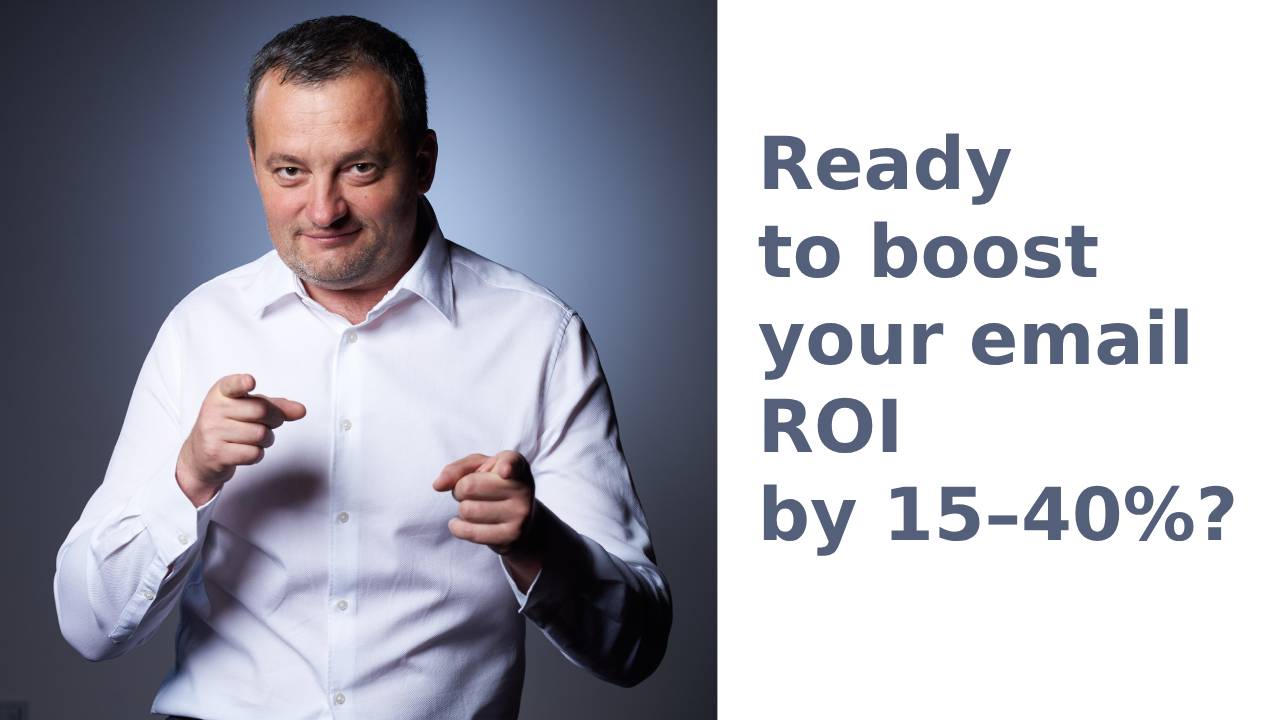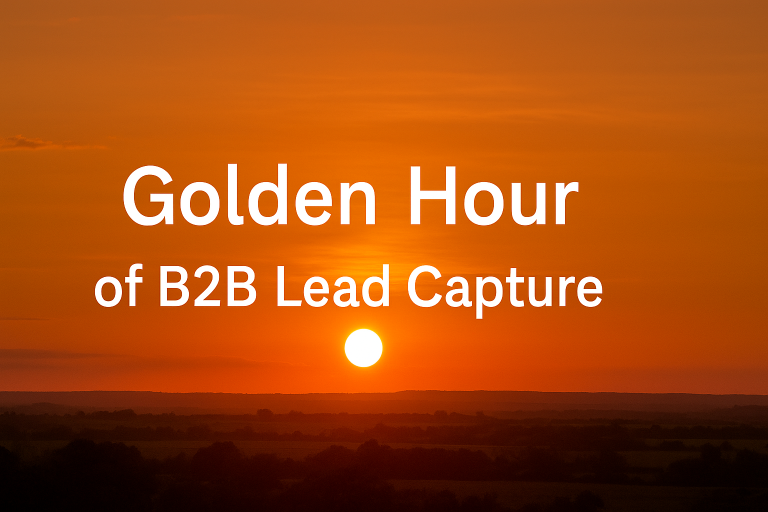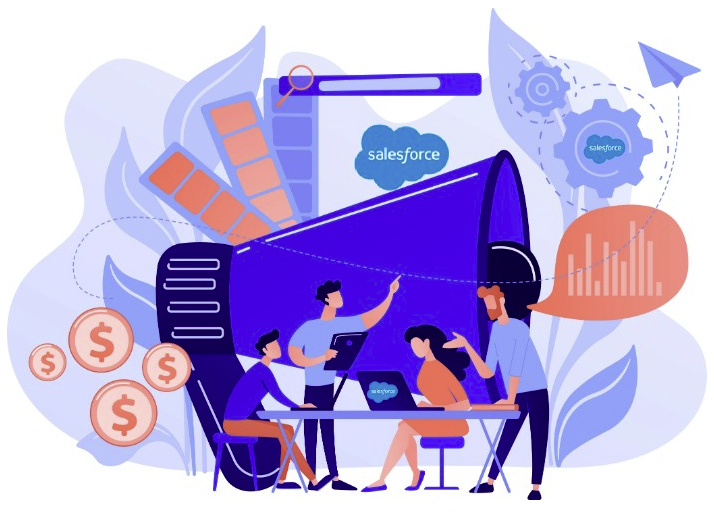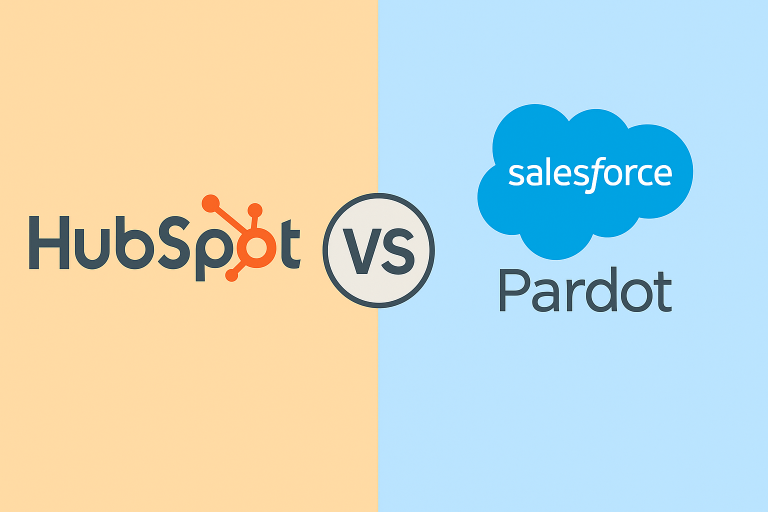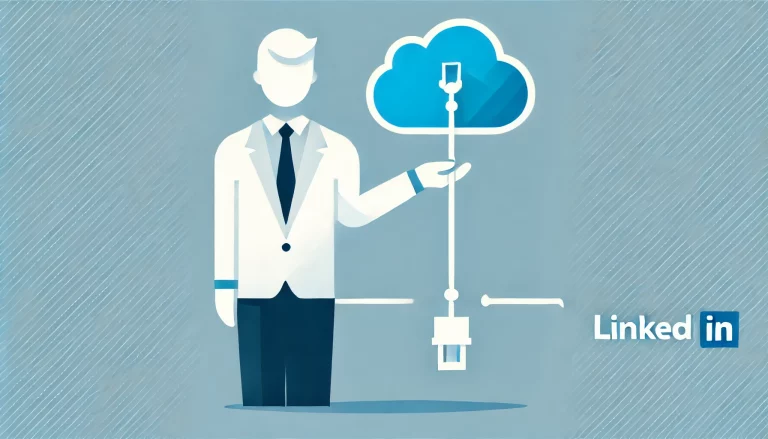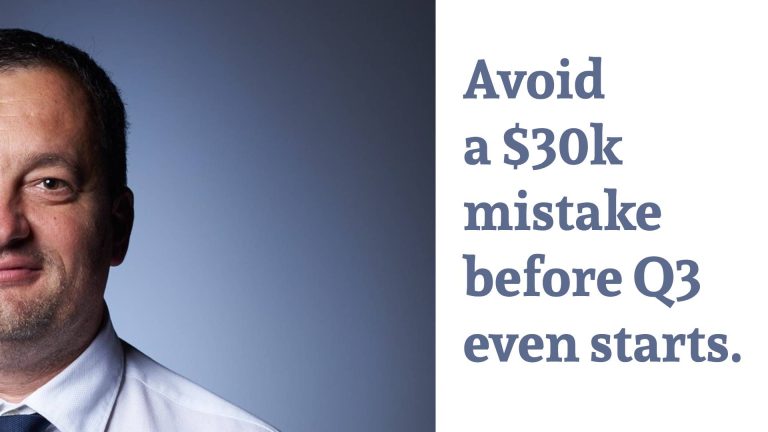Einstein Send Time Optimization (STO) in Salesforce Marketing Cloud
Why Use Einstein STO – Strategic Benefits
Einstein Send Time Optimization (STO) uses AI to schedule each email or push message at the moment an individual contact is most likely to engage.
In practice this personalization dramatically boosts campaign performance. For example, one large retailer using Einstein STO (along with Content Selection) saw email engagement jump by 40% and conversions by 15% shiftparadigm.com.
More generally, industry analyses report that send-time optimization can raise click-through and conversion rates by 5–25% ongage.com, translating into substantially better ROI.
Timing also improves visibility and deliverability. By avoiding one-size-fits-all blasts and instead staggering sends at optimal moments, STO prevents messages from being buried in crowded inboxes.
In effect, every subscriber’s mailbox is “peeked into” at their personal peak time, so opens and clicks happen when intended. This not only lifts open rates, it helps avoid unnecessary unsubscribes or spam complaints (sending at inconvenient times often drives people away).
In short, STO moves campaigns from generic batch sending to hyper-personalized timing, strengthening customer relationships and maximizing the value of each send.
These benefits cut across industries.
In e-commerce, timely sends align promotions with when online shoppers are active, improving sales.
In financial services, alerts, statements or offers can arrive when customers habitually check email, increasing trust and response.
In non-profits, donation appeals and newsletters hit supporters’ inboxes at high-engagement times, boosting campaign ROI.
In all cases, Einstein STO helps marketers “deliver emails when recipients are most likely to open” rather than at arbitrary hours, yielding higher engagement and long-term revenue gains.
How to Use Einstein STO – Configuration and Best Practices
- Activation and Data Prep.
First, enable Einstein STO in Marketing Cloud Engagement (under Marketing Setup).
Once enabled, allow up to about 72 hours for the system to ingest and analyze ~90 days of your send history.
STO draws on about 20 factors per contact (sends, opens, clicks, unsubscribes, day/time patterns, etc.) to build each subscriber’s send-time model.
Ensure your email sends are classified as “Commercial” (STO models only apply to marketing sends), and that data like contact time zones are accurate so predictions are correct. - Journey Builder Setup.
In Journey Builder, drag the Einstein STO activity from Flow Controls immediately before the email or push message you want to optimize.
Click the STO activity and choose the optimization window – e.g. “Best Hour in Next 24” or “Best Hour in Next Week” – depending on your campaign timing.
This schedules each message individually: when a contact reaches the STO step, Einstein quickly returns that person’s ideal send time (within the next day/week) and holds the message until then.
(Note: STO behaves like a wait – if contacts meet any exit criteria during the delay, they will exit before the email is sent.) - Channels:
Einstein STO supports Email and Mobile Push sends (using app open/click data). (For SMS, there is currently no Einstein send-time feature.
To optimize SMS, marketers typically segment by time zone or use SMS-specific analytics to schedule sends at local peak times.)
In Email Journeys, STO attaches to commercial emails as above.
In MobilePush Journeys, STO can similarly precede the push notification activity. Ensure you meet any minimum send thresholds (if the system reports insufficient data for some contacts, it will use a generic model for them). - Use Cases:
STO is ideal for any outbound campaigns where timing matters – e.g. promotional blasts, newsletters, cart-abandonment or re-engagement emails, and mobile app notifications.
For example, an online retailer might use STO before every promotional email, while a financial services firm might apply STO to monthly newsletter sends or new-offer announcements.
Because each contact is handled individually, STO fits multi-step Journeys (place it before each email message you want optimized). - Best Practices:
- Test and Measure:
Use Journey Builder’s Path Optimizer to A/B test Einstein STO vs. a control.
For instance, split your audience into three paths:
(1) a control with no STO,
(2) STO-enabled sends, and
(3) randomized send times.
Comparing click or open rates across these paths verifies STO’s lift. - Iterate:
Continuously monitor the Einstein STO Dashboard in Marketing Cloud (which shows send-time distributions and engagement by hour/day).
Adjust your strategy if needed – e.g. if large segments have no model data yet, consider waiting longer for learning. - Integration:
STO works best as part of an overall personalization strategy.
For example, combine STO with Einstein Content Selection (to pick the right message) or with Engagement Scoring (to target highly responsive segments).
And remember Einstein Engagement Frequency to avoid over-mailing contacts. - Data Hygiene:
The accuracy of STO depends on clean data. Make sure past engagement (opens/clicks) is properly tracked and unsub/spam metrics are updated. Keep customer profiles (time zones, preferences) current. - Governance:
Because STO holds customers in Journeys while waiting to send, consider any Journey exit or frequency rules. (STO acts as a special wait step, so contacts leaving the journey early will not receive the email.)
- Test and Measure:
The table below summarizes Einstein STO availability by channel:
| Channel | Einstein STO Support? | Notes |
|---|---|---|
| Yes | Drag-and-drop before each email. Uses 90-day open/click history. | |
| Mobile Push | Yes | Drag-and-drop before push. Uses app engagement data. |
| SMS/Text | No | STO is not available for SMS. Use manual scheduling/timezone targeting instead. |
Drawbacks of Not Using Einstein STO
Not using AI-driven send-time optimization can leave significant value on the table. Common risks and inefficiencies include:
- Lower Engagement:
Without STO, marketers typically send at fixed times (e.g. all at 9 AM local) or arbitrarily across time zones.
Emails sent at suboptimal times are easily missed or ignored.
As one analysis warns, “If you don’t hit your subscribers’ inboxes at the right time, you risk getting buried in their inbox, not getting any response, and losing out on potential conversions.” bloomreach.com.
In practice, this means many recipients never see or act on your message, dragging down open and click rates. - Wasted Spend and Opportunities:
Fewer opens/clicks means lower conversion rates and wasted marketing budget. Industry reports indicate that optimizing send time can boost key metrics by up to 25% ongage.com.
By not personalizing send time, you forfeit those gains. In effect, you pay for sends that have far less impact. This is especially damaging for high-stakes campaigns (holiday sales, major appeals) where every extra open or click matters. - Deliverability and Reputation Issues:
Sending large batches to everyone at once can trigger email throttling or spam filtering by ISPs.
STO naturally spreads out delivery to when customers check email, which can improve deliverability and sender reputation.
If you skip STO and blast at one time, you may see more bounces or ISP blocks, and you may “burn through” your send quota without reaching active readers. - Suboptimal Personalization:
Today’s customers expect personalized experiences in all dimensions – content and timing.
Without STO, you essentially treat all contacts the same time-of-day, undermining personalization efforts. This one-size-fits-all approach can frustrate customers (receiving emails at odd hours) and lead to higher unsubscribe rates.
Indeed, some organizations have noted that improving timing (along with preference centers) dramatically reduced opt-outs.
In summary, not using Einstein STO means missed opens, higher wasted effort, and weaker ROI compared to competitors who do leverage AI timing.
Performance Improvements & Case Studies
Real-world implementations underline the impact of Einstein STO and related AI on engagement and ROI. For example, the table below summarizes reported outcomes from Salesforce Marketing Cloud deployments:
| Industry | Example/Company | Outcome (Engagement/ROI) | Source |
|---|---|---|---|
| E-commerce | Leading online retailer (unnamed) | +40% email engagement rate, +15% conversion rate | Shift Paradigm (2023) shiftparadigm.com |
| Financial Services | Global insurance company | +25% lead conversion, –20% customer acquisition cost | Shift Paradigm (2023) shiftparadigm.com |
| Non-profit (education) | Teach For America (nonprofit) | 42.6% email open rate, 7.6% click-through rate (post-MC adoption) | Cloud4Good (2022) cloud4good.com |
These cases illustrate the value of data-driven timing: the e-commerce example (Case Study 1) combined Einstein STO with content personalization and saw a 40% boost in overall email engagement and a 15% lift in conversions.
Such gains directly improve revenue and ROI from that campaign.
In financial services, a major insurer used Einstein tools (STO was part of a broader Einstein strategy) and cut acquisition costs by 20% while raising lead conversions by 25%. This kind of cost-savings and efficiency is a clear ROI win.
The nonprofit example (Teach For America) is illustrative of Marketing Cloud’s power: after migrating to Salesforce MC they achieved a 42.6% open rate and 7.6% CTR on emails. While this case did not isolate Einstein STO, it shows the high engagement possible with Salesforce-powered personalization.
In similar non-profit campaigns, applying Einstein STO (e.g. for fundraising blasts) would likely push open/click rates even higher. (For comparison, industry benchmarks for nonprofit emails are typically in the 20–30% open rate range.)
In sum, these metrics show that using Einstein STO can substantially outperform traditional send strategies. Marketers without STO are missing out on these uplifts – i.e. if the typical open rate is ~21% bloomreach.com, a 40% boost would put it into the 30%+ range.
Likewise, modest ROI increases (say a 5–10% revenue bump from better timing) can be the difference between a campaign meeting its goals or not. As one study of general STO tools found, send-time personalization drove up email opens by over 90% in one case prismglobalmarketing.com – demonstrating that timing optimization alone can yield massive engagement improvements.
Table: Example Improvements from Einstein STO
| Metric | Without STO (baseline) | With Einstein STO / AI | Improvement | Source |
|---|---|---|---|---|
| Email Open Rate (e-commerce) | say 25% | ~35% (40% higher) | +40% | shiftparadigm.com |
| Conversion Rate (e-commerce) | say 2.0% | ~2.3% (+15% rel.) | +15% | shiftparadigm.com |
| Lead Conversion (insurance) | say 4.0% | ~5.0% (+25% rel.) | +25% | shiftparadigm.com |
| Acquisition Cost (insurance) | say $100 per lead | ~$80 per lead | –20% | shiftparadigm.com |
| Email Open Rate (TFA nonprofit) | 30% (MC baseline) | 42.6% (post-MC) | +12.6 pts (42% rel.) | cloud4good.com |
(The above row values are illustrative to show relative lifts and ROI impact. Actual baseline values are hypothetical.)
These results make a strong business case: by automating send-time decisions, Einstein STO helps campaigns hit peak engagement and yield higher returns from each contact.
Companies in e-commerce, finance, healthcare, education, and beyond have reported substantially better open/click rates and ROI after adopting Einstein’s AI timing.
Conversely, marketers who ignore STO risk continuing with stale open rates, lower conversions, and wasted spend – precisely the costly missed opportunities Einstein STO is designed to eliminate.
Sources:
– Official Salesforce documentation and Trailhead materials trailhead.salesforce.comtrailhead.salesforce.com;
– Salesforce partner analyses and case studiesshiftparadigm.com
– Industry marketing research ongage.com bloomreach.com;
– Published nonprofit success metrics cloud4good.com.
These validate the benefits, usage steps, and performance lifts associated with Einstein Send Time Optimization.
🚀 Ready to boost your email ROI by 15–40%?
Einstein Send Time Optimization turns guesswork into guaranteed engagement — delivering each message when your audience is most likely to open, click, and convert. Whether you’re in retail, finance, or nonprofit, STO drives real-world results like +40% engagement and –20% acquisition cost.
👉 Don’t let your emails get buried.
Start using Einstein STO today in Journey Builder — and let AI deliver your message at just the right moment.
✅ Action Step: Enable Einstein STO in Marketing Cloud Setup, drag the STO activity into your Journey, and watch your metrics climb.

